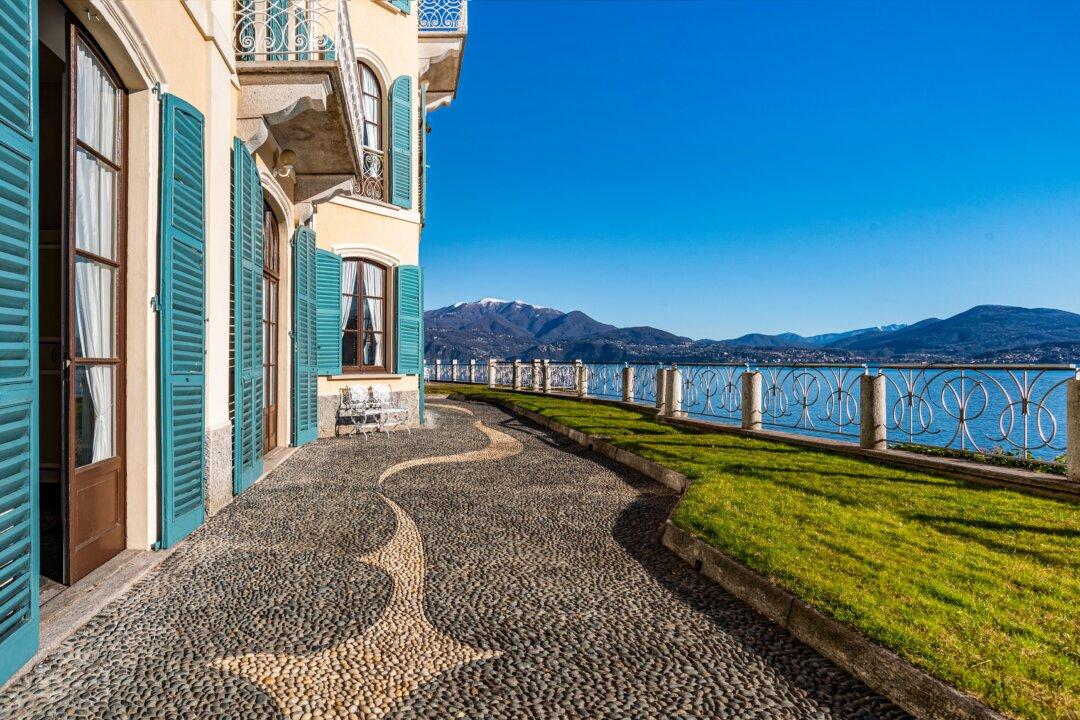Not too long ago, I set out to show my baby boy and my husband a wondrous place I remembered from my childhood in Romania.
I was about 8 when I first experienced the mud volcanoes in Scortoasa, and I remember my father, back then a captain in the Romanian army, telling me, “Like the moon, this is where dreams are born.”





